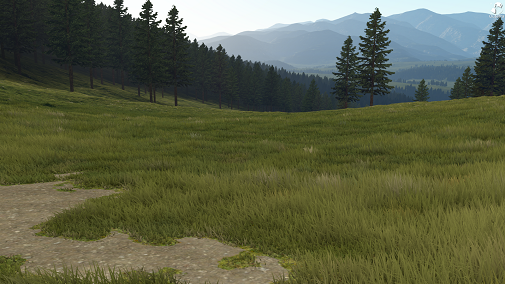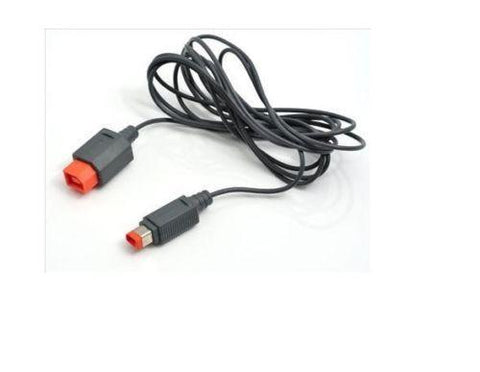


Then Mayflash approached us about it, asking if we could work together to address the problems of the DolphinBar. So despite all its promise, we could only recommend it as a really good sensor bar, and we had to continue to direct -TR Wiimote users to the Toshiba Stack. Furthermore, despite its potential, it didn't support RVL-CNT-01-TR Wii Remote Pluses, the only type of Wii Remote currently in production. Unfortunately, testing revealed that it didn't work with current Dolphin builds, broken when the Balance Board system was merged in 3.5-1363. A USB sensor bar, with integrated Bluetooth? A fascinating opportunity! The devs immediately purchased one and sent it to a tester for analysis. Hardware that complements emulators has always existed in some form, like the various controller adapters we commonly use, but never has one benefited an emulator quite this directly. When we first heard about the Mayflash DolphinBar, we were immediately intrigued.

#Wii u sensor bar Bluetooth
The DolphinBar does not current work with Bluetooth Passthrough. Even though it may not be the best option anymore, the DolphinBar remains a very easy all-in-one option for Wii Remote functionality, and we still recommend it for users. However it doesn't work on all bluetooth adapters, and requires some setup to work.
#Wii u sensor bar drivers
By taking over the drivers of a Bluetooth Adapter, it allows unprecedented support for Wii Remote features, including the speaker and even 3rd party Wiimotes. You can sync a controller to the Wii by pressing the red sync button on the back of the Wii remote (under the battery cover on some models) and the red button on the Wii console found on the front under the SD card door (underneath the CD drive).Update: Since the creation of this article, Bluetooth Passthrough has been created as a new option for Wii Remote connectivity. Providing that the leds inside your sensor bar are lit up there is not much else that can go wrong with a Wii sensor bar, instead you should turn your attention to the Wii remotes.Īs previously mentioned the Wii remotes work off bluetooth, so you may need to resync your controllers from time to time, especially when they have not been used for a while or batteries have been replaced. My Wii controllers do not appear to be working, what could be wrong? Think of the wii sensor as a light house or lit up runway directing boats or aircrafts towards a docking or landing area, the lights from the Wii sensor allow your Wii remote to work out the direction of its movement in order to control the game characters or cursor onscreen.īecause the sensor bar is simply two light reference points it is possible to use two candles instead as seen on places like youtube, although the actual performance and safety is questionable and not recommended. The LED lights are used as a reference point for your Wii remote, the Wii remote picks up the light emitted from the sensor bar and uses it to work out the movement of your controller. The Wii sensor bar is quite simply a bank of powered up LED lights, it transmits no data to either the console or the Wii controllers. It is infact the Wii remotes that transmit all of the users input data such as waving around the control and pressing a button, this is all done via bluetooth connectivity.
#Wii u sensor bar plus
It is commonly believed that the Wii sensor bar needs to be connected to the Wii console to transmit data to the Wii from your Wii controllers, this is not the case, the lead from the Wii to the sensor bar is a simple power lead, a plus and a minus, no data is transmitted. The common myths (misunderstanding) of the sensor bar So there we have it, a power cable connected to two simple IC boards with LED lights and a resistor, there is nothing high tech about the Wii sensor bar. The two ICs are connected by a ribbon cable and each have 5 LED lights and a resistor. The external grey wire runs into the back of the sensor bar and is connected to one of two integrated circuit (IC) boards with just two wires, a positive and negative. Once inside the sensor bar you will find surprisingly little in the way of parts. Opening the Wii sensor bar requires a tri-wing screwdriver, there are six small screws on the base of the sensor, two are hidden under foam pads on each end, these can be carefully lifted with a knife to reveal the screw.Īfter removing all of the screws the plastic backplate can be easily removed to access the insides of the sensor bar. Have you ever wondered what is under the hood of the Wii sensor bar and how it works?


 0 kommentar(er)
0 kommentar(er)
